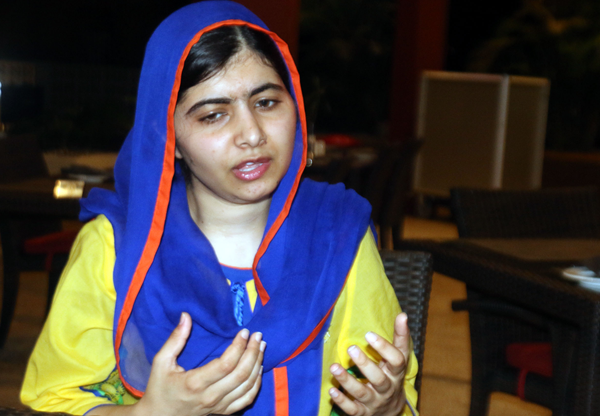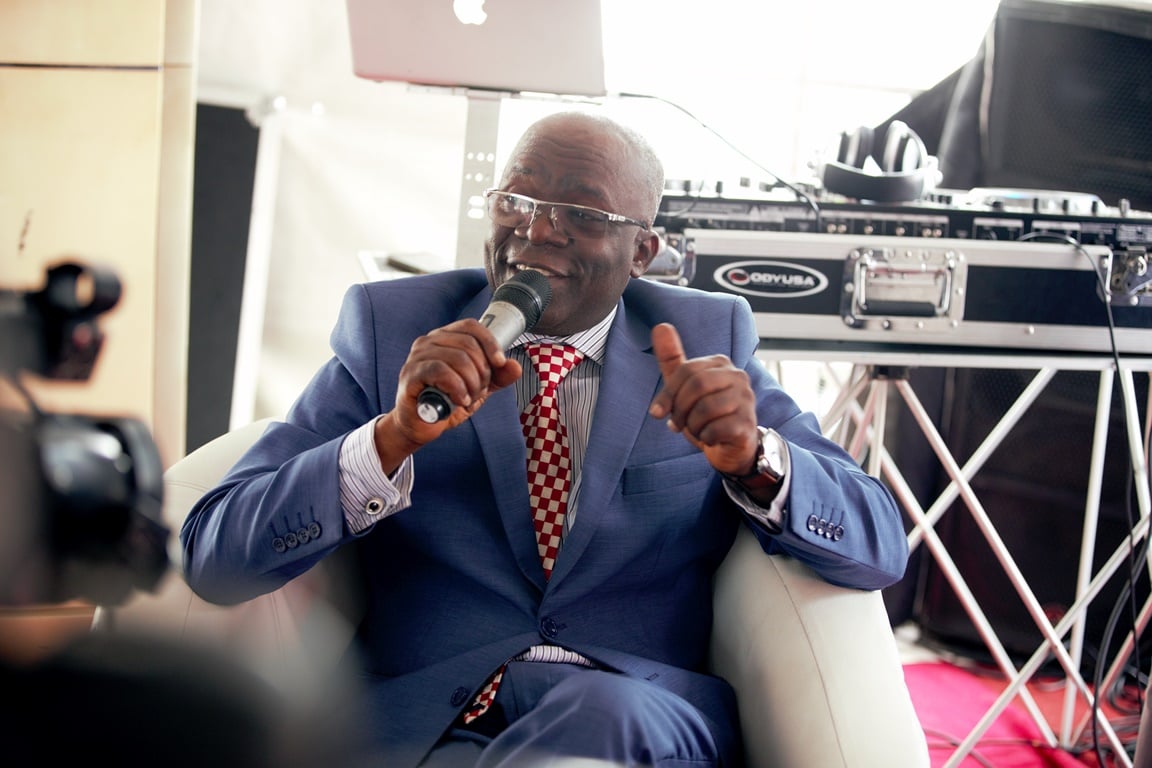As part of a global Girl Power Trip, Malala Yousafzai, Nobel laureate and celebrated girls’ rights activist, recently visited Nigeria where she pressed Acting President Yemi Osinbajo to declare a state of emergency on education.
“I urged him, the minister of education and other leaders to triple spending on education, make budgets transparent and encourage all states in Nigeria to pass the Child’s Rights Act,” the education activist wrote of her meeting with Yemi Osinbajo. (Note: The act provides for free, compulsory and universal education for every Nigerian child.)
Yousafzai had said Nigeria “has the highest number of out-of-school girls in the world”. This claim was also tweeted by the Malala Fund, her educational charity.
Does Nigeria, Africa’s most populous country, also account for the highest number of girls who are out-of-school globally? We graded the evidence.
Advertisement
‘FIRST TIME SENIOR OFFICIALS ADMITTED SIZE OF PROBLEM’
The Malala Fund directed Africa Check to the Nigeria page of the United Nations Children Emergency Fund (UNICEF), the UN arm that focuses on the well-being of children, as the source of their claim.
According to the country brief, while primary school enrollment has increased in recent years, “Nigeria still has 10.5 million out-of-school children – the world’s highest number”. About 60% of these are girls, the organisation noted.
Advertisement
After Yousafzai’s visit, Adamu Hussaini, permanent secretary of Nigeria’s education ministry’s was quoted as saying that it was “sad to note” that Nigeria had 10.5 million children out-of-school. This, the BBC report added, “was the first time senior officials have admitted the size of the problem.”
OUT-OF-SCHOOL FIGURE REVISED TO 8.7 MILLION
Doune Porter, UNICEF Nigeria official, told Africa Check that the figure of 10.5 million came from UNESCO’s Institute for Statistics database, using data from 2010. The Institute for Statistics is the official data agency of the United Nation’s Educational, Scientific and Cultural Organisation, providing internationally-comparable data on education.
It was, however “unclear” where the girls’ share of 60% came from as the institutes’ data showed that it was 52% in 2010, the year for which it last has data on Nigeria, she said.
Advertisement
The data agency’s official definition for out-of-school children refers to children of official primary school age (6 to 11 years) who are not enrolled in either primary or secondary school. (Note: Children enrolled in pre-primary schools and non-formal education are excluded and considered out-of-school.)
UNESCO said they based the 2010 figure on enrollment statistics from Nigeria’s education ministry. The age distribution was then estimated using data from a 2011 survey by the National Bureau of Statistics, Friedrich Huebler, who is with the institute’s education standards and methodology section, explained to Africa Check.
In 2014, the data agency revised the 2010 out-of-school figure for Nigeria from 10.5 million to 8.7 million, Huebler said. This was because the UN population division had produced new population estimates for that year. Of these, 57 percent of the children were estimated to be girls, a total of close to five million.
(Note: Nigeria’s population figures are mired in controversy, with the 2006 census called into question by various experts.)
Advertisement
VIRTUALLY NO IMPROVEMENT IN NIGERIA’S RATE
Huebler told Africa Check that while it did not have publishable estimates for the out-of-school population for all countries (such as the DR Congo), Nigeria is the country with the world’s third largest population of primary school age. In 2015, this was estimated at 29.6 million, after that of India (127.5 million) and China (92.2 million).
Advertisement
“For all 10 countries with the world’s largest population of primary school age, from China at number one to Mexico at number 10, the out-of-school rate is known, and all countries have significantly lower out-of-school rates than Nigeria,” Huebler said.
There has been virtually no improvement in the out-of-school rate in Nigeria over the past 15 years, according to the institute’s data. Demographic and Health Surveys conducted in the country in 2003, 2008 and 2013 yielded primary out-of-school rates of 31.6%, 31.4% and 31.3% respectively, Huebler also said.
Advertisement
“In combination with a growing school-age population this would mean an increase in the absolute number of out-of-school children between 2003 and 2013,” he added.
Huebler said that the available evidence indicates that Nigeria does have the highest number of girls of primary school age out-of-school. But he added it “is not known how many girls above primary age are out-of-school in Nigeria.”
Advertisement
Given that 27 million girls in both primary and secondary school were out-of-school in India in 2013 – the highest number globally according to the available UN data – the country may well have a higher number of girls of all ages out-of-school than Nigeria.
LOT OF ADVOCACY NEEDED – CAMPAIGNER
Yinka Olaito is executive director of African Child Education Right Initiatives, a campaign group based in Lagos. He told Africa Check that while factors like gender myths, religion and cultural beliefs affect the enrollment of girls, years of insurgency in Nigeria’s northeast region and other unrest could have made the situation worse in
the past few years.
“Scholarships, feeding and the provision of girls’ menstrual kits – as it is being experimented [with] now in South Africa – can help. More importantly, a lot of advocacy need to be put in place to help shatter wrong beliefs,” he said.
CONCLUSION: LACK OF DATA FULL DATA FOR NIGERIA KEEPS US IN THE DARK
While making a case for a state of emergency in education in Nigeria, girls’ education campaigner Malala Yousafzai said the country had the most out-of-school girls in the world.
Her charity cited UNICEF as the source of its data. The UN agency says 8.7 million children between 6 and 11 years old – not the 10.5 million cited in its country brief – are out-of-school, referring to data from the Institute of Statistics, the UN arm that monitors global education. Of these, close to 5 million were estimated to be girls.
The UN says that while it does not have usable data for all countries, the evidence it does have suggests Nigeria remains the country with the most out-of-school girls in that age group in the world.
However, the body does not have data for girls above primary age who are out-of-school in Nigeria. In India, which has the highest number of out of school children globally according to available UN data, some 27 million girls in both primary and secondary school were out of school in 2013.
Given the lack of data for Nigeria, we rate the claim unproven.
This report was written by Africe Check, a non-partisan fact-checking organisation
Add a comment






